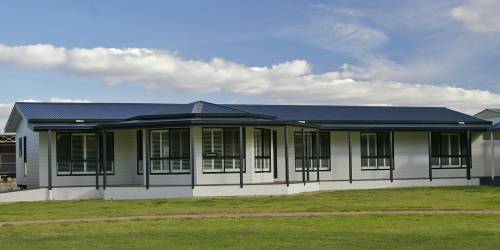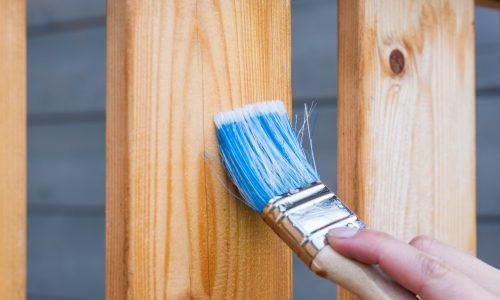-
Lot Size18,296 sqft
-
Home Size2,733 sqft
-
Beds4 Beds
-
Baths3 Baths
-
Year Built2003
-
Days on Market4
Manufactured Housing: What You Should Know
- Real Estate Tips
- March 6, 2015

There is a lot of misinformation floating around about manufactured housing, so let’s take a look at exactly what it is and isn’t, and maybe answer a few common questions.
Real estate professionals frequently get questions about manufactured homes. Many people confuse the following terms:
- Manufactured housing/homes
- Mobile homes
- Panelized homes
- Modular homes
- Prefabricated (aka “prefab”) homes
The fact is, some of those terms overlap in meaning, and can sometimes be used interchangeably. Let’s see what their real definitions are:
Mobile homes: Legally speaking, the HUD code of 1976 says that non-permanent homes that are moveable can only be called “mobile homes” if they were built before 1976. That’s why we really don’t like to use the term anymore, because it doesn’t mean what most people think it does, and just creates confusion.
Prefabricated homes: Prefabs are any homes that are not constructed on-site. You’ve probably seen those giant trucks on the interstate carrying entire prefabs or sections of them. They are typically built in a factory and then transported to their final locations. You will hear to two types of prefab homes:
- Panelized: With these homes, just the wall sections are pre-built. Construction personnel at the site put them together.
- Modular: These are the sections you see on the highway. Usually, entire rooms or sections of modular homes are built off-site and are taken to the final location for connection to the other modules. Modular manufactured homes can be quite large structures.
Manufactured homes: This term covers a large category of structures. Think of something larger than the “mobile homes” mentioned above (which were typically single-wide and had wheels, or could be transported on a wheeled apparatus). Today’s manufactured homes are usually smaller than their prefabricated cousins. These are homes that are constructed off-site, usually contain just one story, and are commonly double- or triple-wide structures.
What’s the difference?
So, you may be asking, if the two main types of non-permanent homes are “manufactured” and “modular,” what are the key differences between them?
So-called “manufactured” homes feature a chassis. It’s usually an I-beam with wheels attached. The configuration allows the entire structure to be towed.
Modular homes, on the other hand, do not have the I-beam chassis, nor do they have attached wheels. If you want to move one of these giants, you have to break it down into its “modules” and haul it on the back of a truck.
Both manufactured and modular homes have enjoyed popularity in recent years due to their cost advantage compared to standard, permanent houses, and their mobility. Keep in mind that if you purchase one of these homes, you’ll still need to have it inspected and buy, or rent, land on which it can be placed.
More information
The world of housing is a truly diverse business segment. It always helps to educate yourself about all the options, which is why I have featured this short tutorial about manufactured housing. If you’d like to know more, visit the website of the Manufactured Housing Institute, by clicking here.






